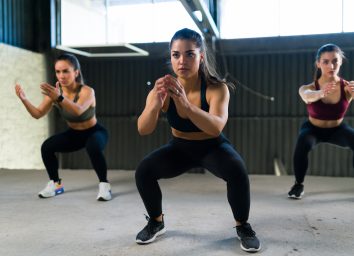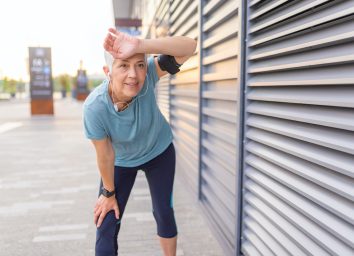New Study Reveals the Best Type of Exercise for Getting Fit and Healthy
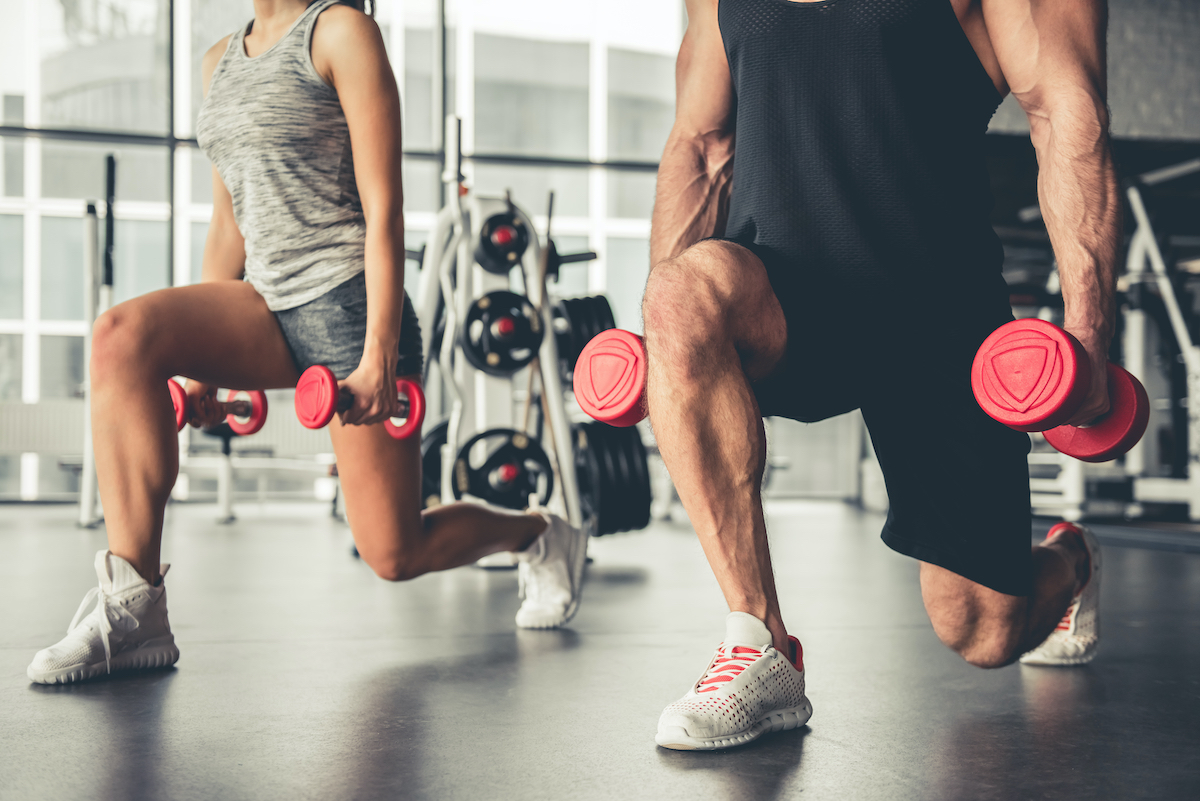
An active lifestyle provides a host of benefits. From a leaner look to a more positive mindset to a more enjoyable, there’s no shortage of reasons to get off the couch. Of course, it isn’t a stretch to say that the biggest advantage physical activity offers is improved fitness. A fitter body is a healthier body—and that means a lower risk of developing various diseases and optimal longevity.
So, what exactly is “physical fitness?” According to MIT, fitness for the human body is akin to fine tuning a car’s engine. It’s all about building the best body possible, not just from a cosmetic standpoint but also in terms of efficiency. A particularly fit individual’s heart, muscles, and lungs are all at the top of their game.
As far as the best way to achieve peak physical fitness, most current recommendations are focused on fighting the “sedentary lifestyle epidemic” that has swept through modern society in recent decades. According to the CDC, a staggering one in four U.S. adults spend more than eight hours sitting on a daily basis. Consequently, many current fitness recommendations simply encourage adults to get up and get moving in any way possible—go for more walks, opt to take the stairs instead of the elevator, and do some squats while you’re brushing your teeth.
Well, a new study published in the European Heart Journal, however, confirms the type of exercise that is the all-time best for getting fitter and healthier. Read on to learn more about researchers’ findings. And for some great workouts to try, see here to read about the 5-Minute Bodyweight Workout That Can Change Your Life After 60.
Moderate-to-Vigorous Exercise Reigns Supreme

Conducted at the Boston University School of Medicine, this research represents the largest to date assessment of the relationship between different types of physical activity and fitness health outcomes. More specifically, study authors investigated the influence of exercise (moderate-to-vigorous physical activity, such as lifting weights, performing HIIT, or jogging), low-intensity activity (walking), and less time spent being sedentary on physical fitness outcomes.
All in all, it’s no surprise that the results strongly indicate that moderate-to-vigorous exercise is the best and most efficient way to build up improved physical fitness. Study authors report exercising this way is three times more efficient at cultivating fitness than just walking, and 14 times more advantageous than simply cutting back on sedentary time in general. Moreover, the findings suggest time spent exercising and walking can help offset to a certain extent the damage done by excessive sitting.
While any type of movement is good, the study ultimately finds that moderate-to-vigorous exercise is the best way to become fit. (That being said, walking can certainly help as well—just not as much as full-on exercise.) And for more on reaping the benefits of exercise, check out The One Exercise That’s Best for Beating Back Alzheimer’s.
More Informed Fitness Choices
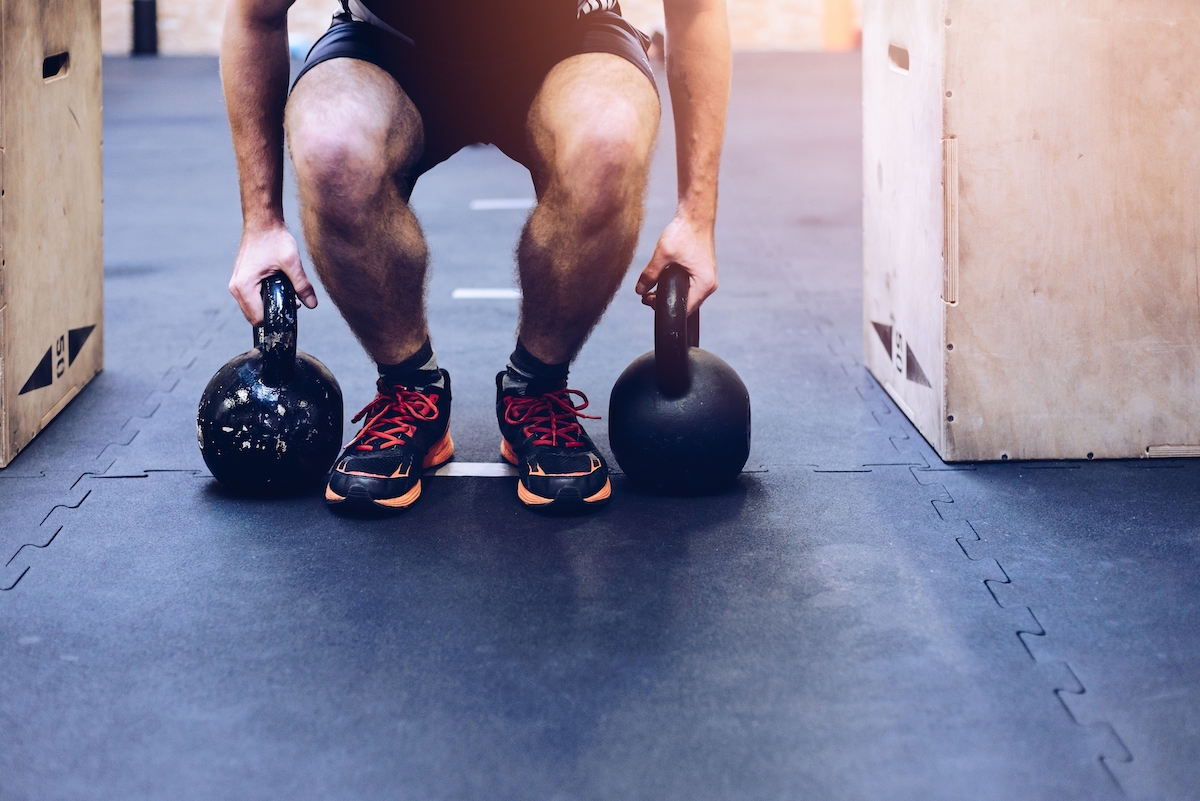
The research team hopes their work can help others make better, more informed fitness choices in their lives. New fitness fads and recommendations from “experts” on the internet are everywhere these days. It may sound obvious to some, but it’s worth repeating that there’s no substitute for putting in more effort.
“By establishing the relationship between different forms of habitual physical activity and detailed fitness measures, we hope that our study will provide important information that can ultimately be used to improve physical fitness and overall health across the life course,” explains corresponding study author Matthew Nayor, MD, MPH, assistant professor of medicine at BUSM.
The Research
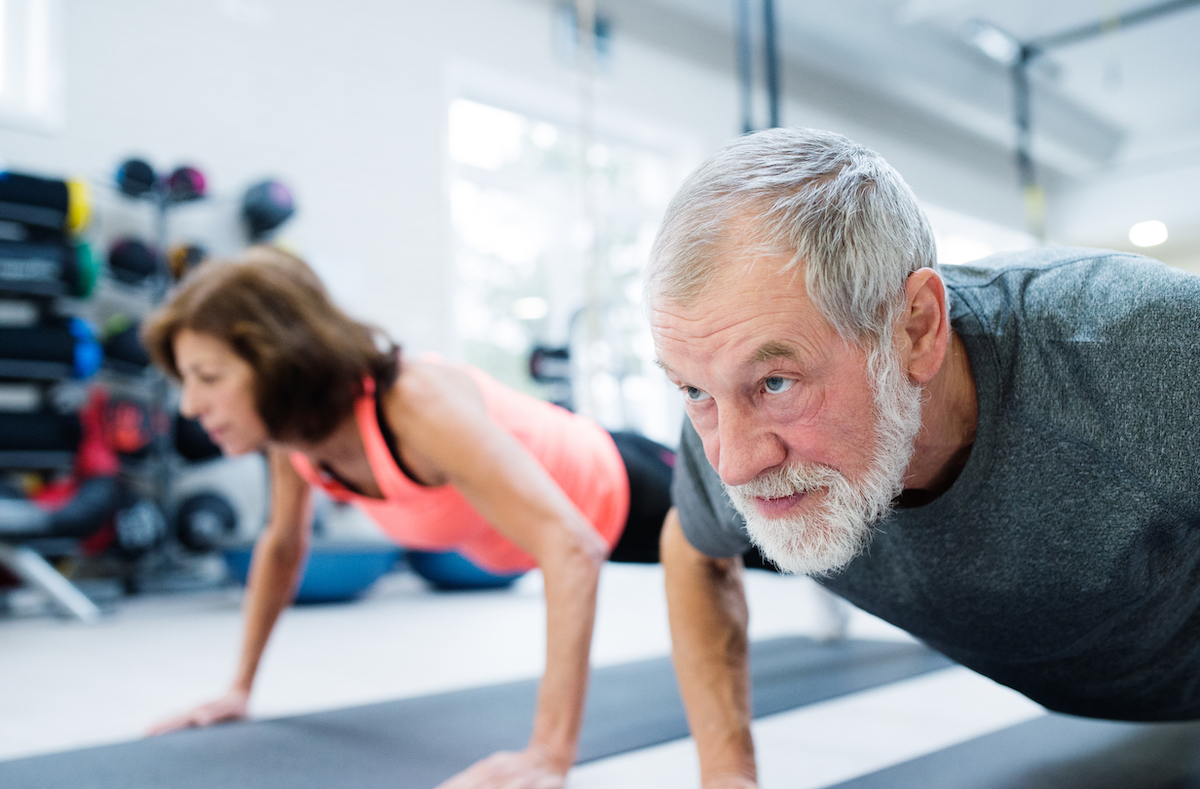
Roughly 2,000 individuals enrolled in the larger Framingham Heart Study were assessed for this project. All of those participants underwent a series of comprehensive cardiopulmonary exercise tests (CPET) that measured overall physical fitness levels. Next, physical activity habits were recorded via worn accelerometers gauging both frequency and acceleration of movement. Study subjects wore their trackers on two occasions. Once for a full week right around the time of the CPET tests, and roughly eight years before that.
Get Fit, Get Healthy

In summation, while this research focused solely on the effect of different forms of physical activity on fitness levels, study authors say it doesn’t take much to connect these findings to health outcomes, as well. More robust physical fitness means stronger overall health and better odds of avoiding heart disease, cancer, diabetes, and a premature death in general. “Therefore, improved understanding of methods to improve fitness would be expected to have broad implications for improved health,” Dr. Nayor concludes. For some great exercises you can do, see these 5-Minute Exercises for a Flatter Stomach Fast.
